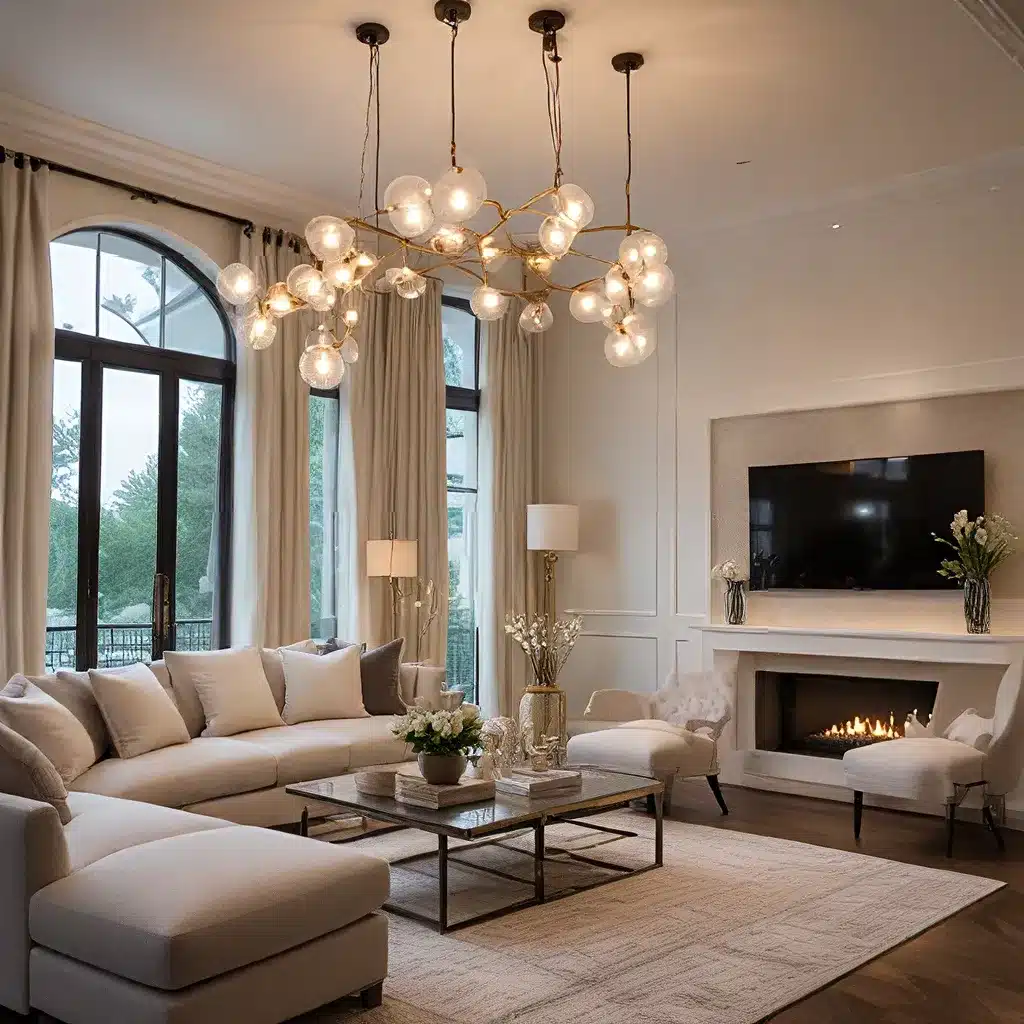
Illumination and Its Transformative Power
Lighting plays a crucial role in shaping the ambiance and functionality of any interior space. Fiber optics, with their unique ability to transmit light from a single source to multiple points, have emerged as a versatile and captivating lighting solution for interior design enthusiasts. These innovative lighting systems can transform a room, creating mesmerizing effects and elevating the overall aesthetic.
Fiber optics offer a durable and flexible way to introduce diverse lighting elements into your design. From creating a starry night sky effect on the ceiling to adding a touch of whimsy with fiber optic “fairy wings,” the possibilities are endless. By strategically incorporating these light-guiding fibers, you can bring a sense of wonder and depth to any interior, whether it’s a cozy living room or a grand foyer.
Mastering Fiber Optic Lighting Techniques
Delving into the world of fiber optics, you’ll discover a wide array of variations, each with its own unique properties and applications. End-glow fibers are perfect for directing individual points of light, while side-glow fibers create a more diffused, neon-like glow along their length. Understanding the nuances of these fiber types and how to harness their visual effects can unlock a world of design possibilities.
One innovative technique involves strategically nicking or abrading the fibers to create patterns of light along their lengths. This approach can add depth and visual interest to fabric-based projects, such as illuminated curtains or wearable fiber optic garments. Additionally, experimenting with heat-distorting the fiber ends can produce captivating, organic-inspired shapes, akin to a Chihuly sculpture.
Integrating Fiber Optics into Your Interior Design
Seamlessly incorporating fiber optic lighting into your interior design requires careful consideration of the attachment methods. From hand-sewing bundles of fibers to the garment or accessory, to creating channels in fabric to house the fibers, there are numerous techniques to explore. Professional interior designers can guide you in selecting the most appropriate approach based on your specific project and desired outcome.
One innovative solution involves 3D-printed modules that hold LED strips and provide attachment points for the fiber optic strands, ensuring a secure and well-integrated connection. This approach allows for greater flexibility in positioning the lighting elements and can even enable the fibers to emerge from both sides of a design, creating a truly captivating visual effect.
Leveraging Lighting Sources for Maximum Impact
The choice of lighting source is also crucial when working with fiber optics. While simple battery-powered LED lights can provide basic illumination, exploring programmable LED systems or even laser modules can unlock the full dynamic potential of these light-guiding fibers. Varying the color, intensity, and pattern of the light source can transform a static design into a mesmerizing, ever-changing work of art.
Integrating pre-programmed lighting controllers or Arduino-based microcontrollers can give you precise control over the lighting effects, allowing you to create mesmerizing color shifts, pulsing patterns, and captivating transitions. This level of customization can elevate your fiber optic projects, making them truly one-of-a-kind.
Embracing Wainscoting and Complementary Design Elements
Alongside the stunning effects of fiber optic lighting, wainscoting can be a powerful design element to consider in your interior spaces. This classic architectural feature, with its rich history and versatility, can add depth, texture, and a touch of elegance to any room.
Whether you opt for traditional raised-panel wainscoting or a more modern, flat-panel approach, the layering of materials and textures can create a visually striking contrast. Integrating fiber optic lighting within the wainscoting design can further enhance the visual interest, with the fibers’ glow accentuating the architectural features.
Mixing Wood Tones for a Cohesive and Layered Look
In addition to exploring lighting and architectural elements, mastering the art of wood tone mixing can elevate your interior design. Embracing a harmonious blend of light, medium, and dark wood tones can infuse a space with a warm, inviting, and lived-in atmosphere.
By identifying a dominant wood tone as a starting point and then thoughtfully introducing contrasting yet complementary tones, you can create a visually engaging and cohesive aesthetic. Paying attention to the undertones of the wood, whether warm or cool, can help you achieve a seamless integration of various wood elements throughout the space.
Elevating Your Interior Design with Luxury Touches
To truly elevate your interior design journey, consider incorporating luxury design elements that add a touch of sophistication and refinement. This could involve sourcing high-quality, bespoke furniture, or collaborating with experienced interior designers who can curate a personalized, elevated aesthetic tailored to your unique preferences and lifestyle.
Integrating custom-made pieces, such as hand-carved millwork or one-of-a-kind art installations, can lend a sense of exclusivity and timelessness to your space. Additionally, exploring the use of premium materials, like natural stone or premium-grade hardwoods, can elevate the overall visual and tactile experience.
By blending the transformative power of fiber optic lighting, the timeless elegance of wainscoting, the richness of mixed wood tones, and the distinctive touch of luxury design elements, you can craft an interior that truly reflects your personal style and elevates your living experience.

